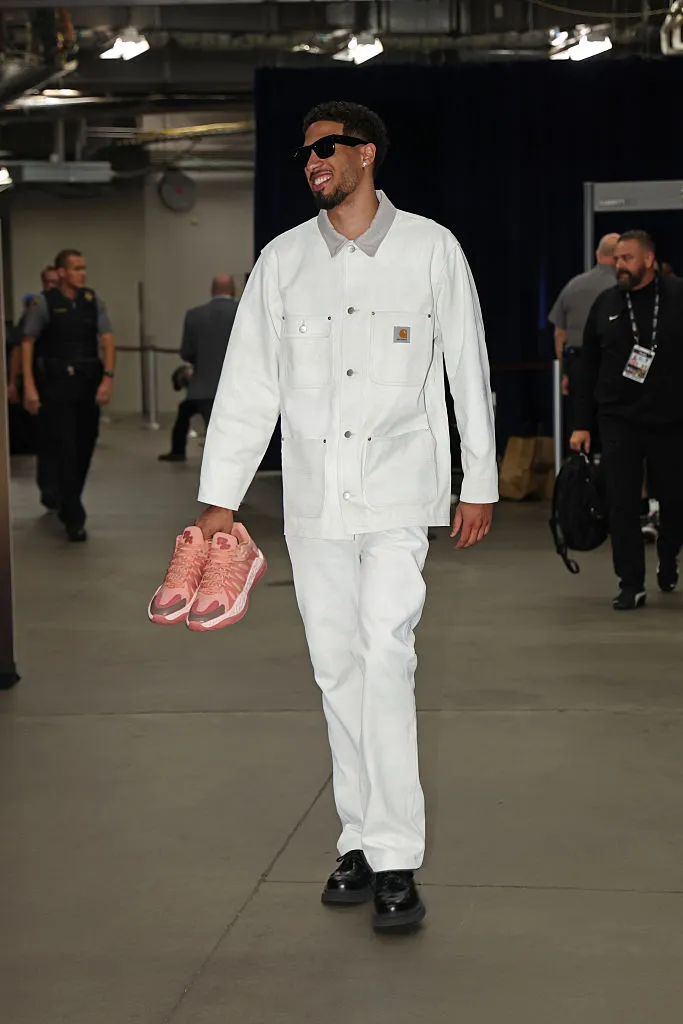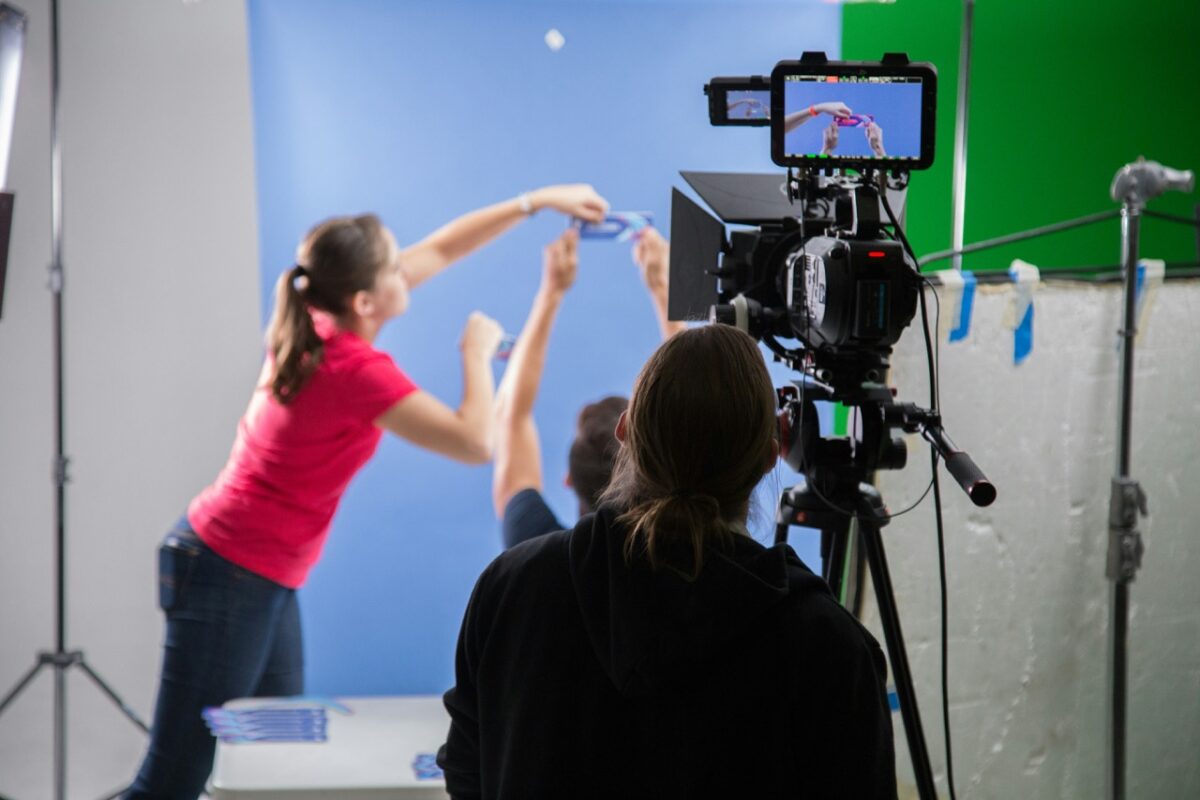The Power of Celebrity Marketing in 2025: How Tyrese Haliburton and Puma Won the NBA Finals Off the Court
lensheadmedia
on
June 6, 2025
When it comes to marketing in 2025, one thing is crystal clear: celebrity marketing partnerships are still alive and well. And nowhere has that been more evident than during this year’s NBA Finals.
While fans have been glued to the court watching Tyrese Haliburton lead the Indiana Pacers with electric playmaking and confidence beyond his years, something else has been grabbing just as much attention, his shoes.
Just days before Game 1, Haliburton unveiled a brand-new pair of Puma sneakers, designed in collaboration with the brand specifically for the Finals. Sleek, bold, and unmistakably his, the launch turned into a viral moment. Within 48 hours, “Tyrese Haliburton shoes” became one of the top trending searches on Google.
That’s the power of celebrity marketing in 2025.
Why This Moment Worked
Let’s break down why Haliburton’s Puma debut became an instant cultural flashpoint, and what it teaches us about where brand strategy is headed.
1. Cultural Timing Is Everything
Dropping a signature sneaker isn’t new. But dropping one right before the NBA Finals, when millions of eyes are watching, is a move that amplifies the impact tenfold. Haliburton didn’t just launch a product, he launched it during a cultural event. The stakes of the Finals raised the emotional value of everything surrounding him, including what he wore.
In today’s marketing landscape, aligning product releases with live cultural moments is how brands win. Consumers don’t just want merchandise, they want a piece of the moment.
2. Personality Over Product
The Puma x Haliburton shoes weren’t just technically impressive, they were his. The colorway, design language, and marketing assets felt tailored to his energy: fast, fearless, and fun. This generation doesn’t just care about performance specs they care about story and identity.
Celebrity marketing in 2025 means letting the star shape the narrative, not just slap their name on it. Consumers are hyper-aware of authenticity, and they respond when it feels real.

3. Virality Comes From Visibility + Fandom
Social platforms exploded as fans, influencers, and even fellow players reposted the shoe unveil. Puma leaned into the moment with quick-turn content: cinematic clips, courtside photography, and TikToks capturing behind-the-scenes reactions. They didn’t wait for a press cycle—they created one.
In 2025, viral brand moments are no accident. They come from planned spontaneity—making sure the right content is ready the second the culture starts watching.
Why Celebrity Marketing Still Works in 2025
Despite the rise of AI influencers and UGC-driven ad strategies, celebrity marketing remains one of the most effective tools in a brand’s playbook. Here’s why it continues to thrive:
Trust through association: When a trusted athlete or artist backs a product, fans take notice—and believe.
Mass reach, niche resonance: Celebrities speak to millions, but when done right, it still feels personal to their fans.
Emotional velocity: Celebrity moments carry more emotional weight, which increases the speed and depth of sharing.
Haliburton and Puma didn’t just launch a shoe. They dropped an identity, a conversation piece, a status symbol, and did it all while the whole world was watching.
What Brands Should Learn From This
Whether you’re a major label or a growing business, the lessons here apply to everyone:
Collaborate, don’t just endorse: Today’s audience can tell when a celebrity is just reading a script. Co-create instead.
Time your moments: Tie your campaign to cultural spikes—sports events, award shows, or even local milestones.
Go beyond the product: The story around the product is just as important as the product itself.
And most importantly: authenticity scales. When a celebrity marketing campaign feels like a genuine extension of the talent, the audience engages. When it feels like a sales pitch, they scroll past.
Final Word
Tyrese Haliburton may be fighting for an NBA championship, but off the court, he just reminded the world that cultural capital is just as valuable as playoff stats. In one week, his Puma shoe launch became a digital phenomenon, a marketing case study, and a symbol of how to do celebrity marketing right in 2025.
The next big brand win? It won’t just be about going viral. It’ll be about who you partner with, when you show up, and how real it feels.
Want help crafting your next influencer-driven campaign? We help brands tap into the right cultural moment whether you’re working with stars or building them from the ground up.
Contact us today to learn more!









